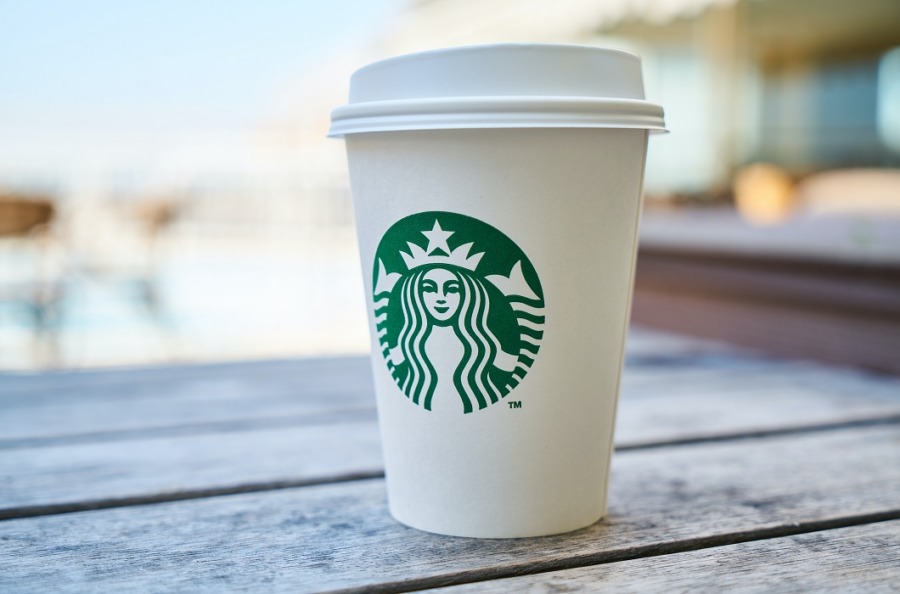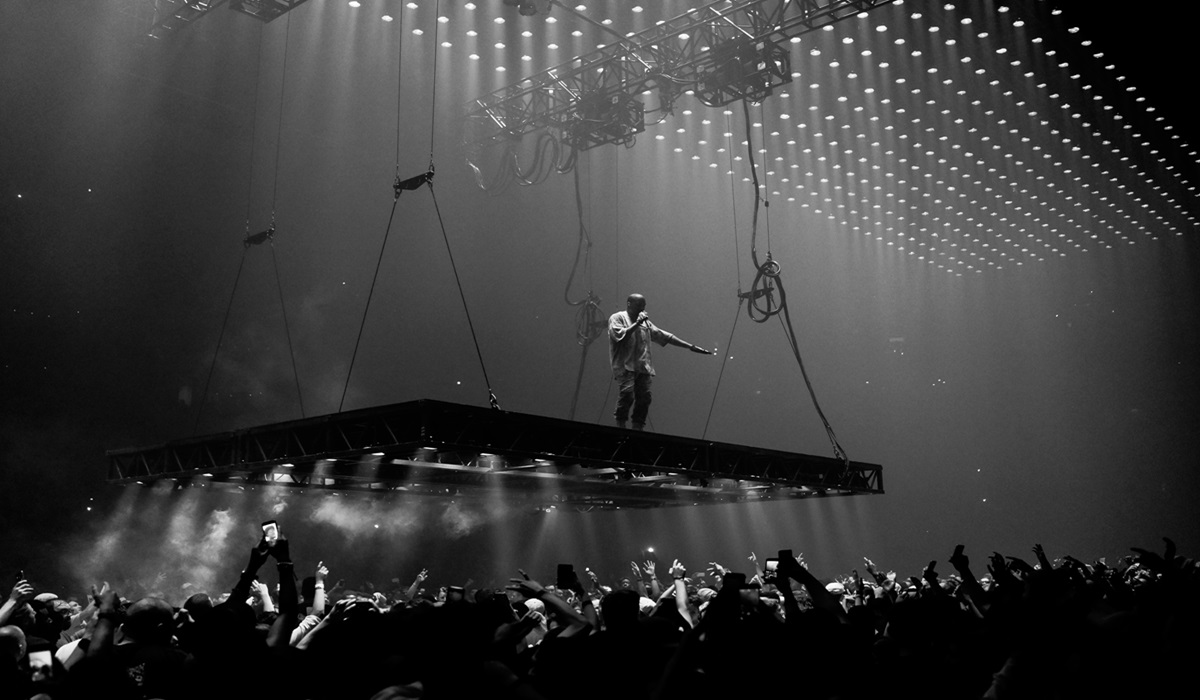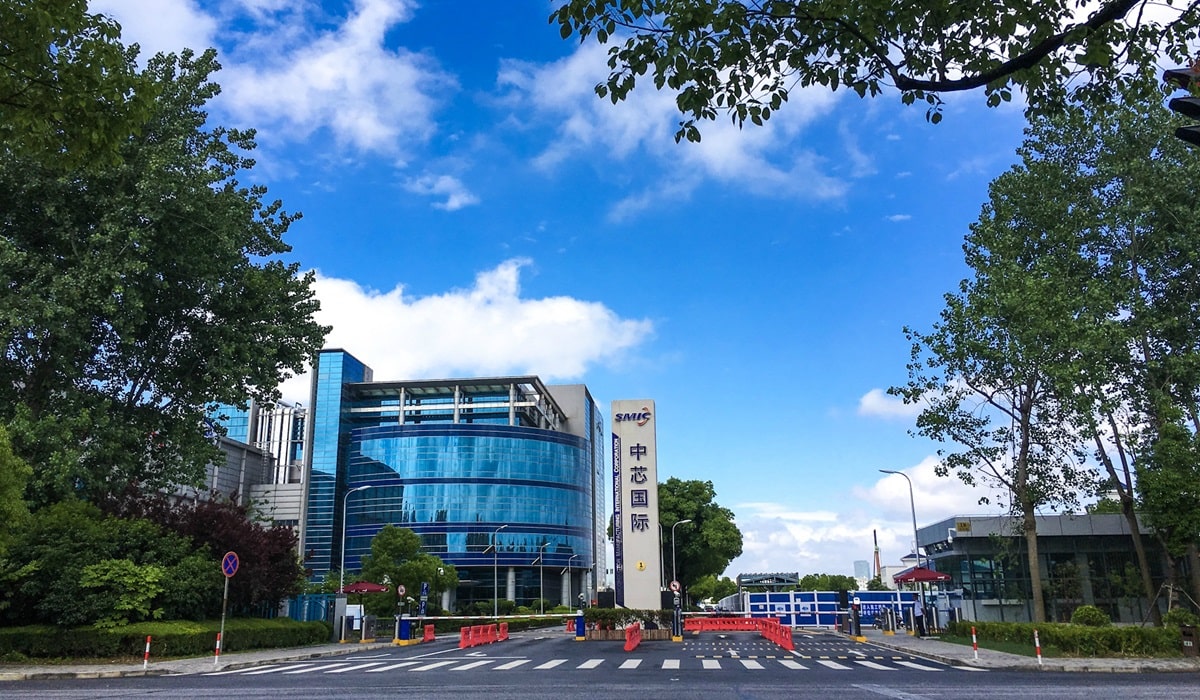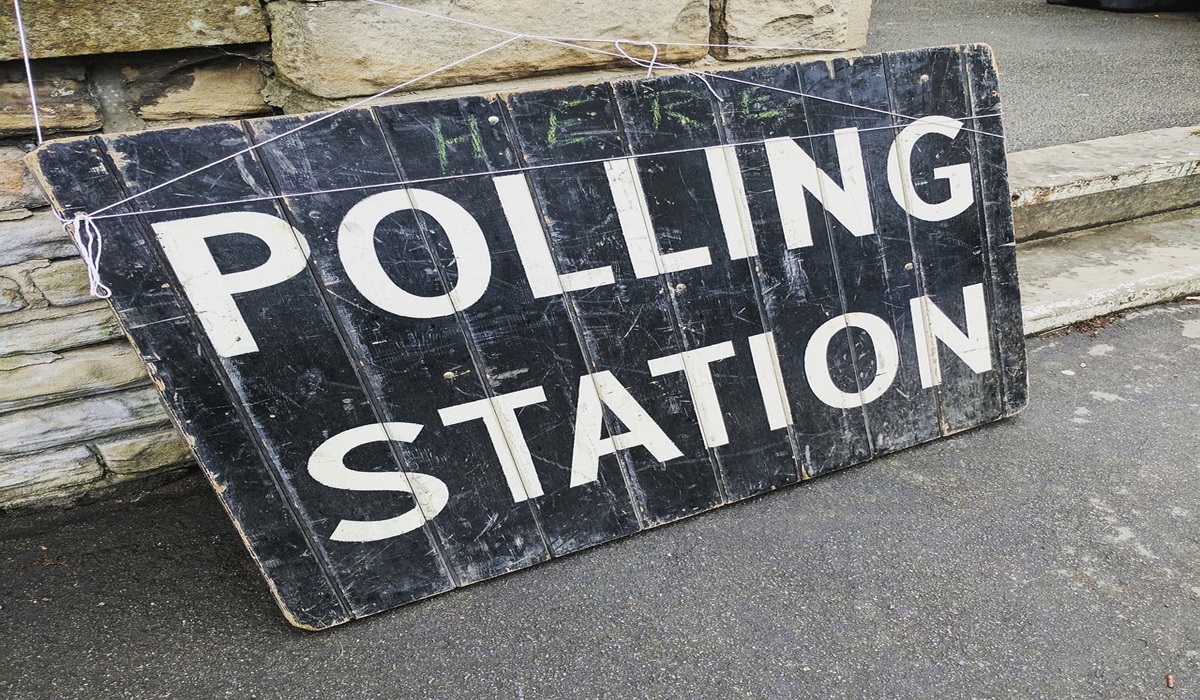We’ve been saying nobody does it better than Starbucks regarding customer retention and loyalty for several years. A critical factor behind this distinction is their ingenious use of loyalty programs in a fiercely competitive landscape in a constantly evolving industry. Furthermore, they want to feel like their business is essential and have their ego stroked every so slightly.
Gone are the days of old-fashioned paper punch cards, where you’d buy five coffees and get the sixth one free. Starbucks has taken loyalty to the digital space with its rewards program, which has redefined the landscape of client retention. Yet, with this important practice of rewarding loyalty, why are so many family-run restaurants, eateries, and large chains still not taking notes from Starbucks?
Instead, they are still fumbling with tiny paper cards or have no digital program for incentivizing patrons to return to their establishment. Some are investing their limited resources in attracting new customers.
In contrast, digital programs like Starbucks cards streamline purchasing, allowing customers to make transactions effortlessly. When their balance dwindles, topping it up becomes a simple and convenient step, further enhancing the overall experience.
This transition has been a game-changer for Starbucks, but it’s not just about modernizing the process. It’s about recognizing the value of a client’s loyalty and making it easier for patrons to return. Starbucks understands that convenience is what customers want, and their digital loyalty cards cater to this need perfectly.
We contacted Kevin Toney, the CEO of Primetime Promotions, a leading North American marketer specializing in food and hospitality retention through loyalty programs. He emphasized the importance of simplicity and cost-effectiveness in retaining customers.
Toney rightly points out that many businesses, especially small mom-and-pop shops and mid-sized to large restaurants, faced significant challenges during the pandemic. Surprisingly, instead of concentrating on preserving their established customer base, many of these businesses were fixated on acquiring new ones—a process that can be considerably more costly.
Implementing straightforward and cost-effective rewards programs, like those used by his clients in the restaurant industry, can be a game-changer. These programs can bolster loyalty and ensure the sustainability of establishments where the competition can be fierce and margins slim.
As per Toney, restauranteurs’ response has been overwhelmingly positive, underscoring the importance of loyalty initiatives in an industry that often grapples with high turnover and financial challenges. While such programs may not be a panacea for struggling businesses, they undeniably offer a lifeline, extending the lifespan of establishments and fostering lasting relationships with patrons. In an era where businesses must adapt to changing advertising landscapes, these programs serve as a reminder of the value of client engagement and retention, regardless of the industry’s challenges.
Starbucks has shown that digital loyalty programs are potent in this pursuit. They offer a seamless experience, enabling businesses to track and reward loyalty effectively. It’s not just about the coffee; it’s about creating a bond with your patrons that goes beyond the transaction.
The Starbucks effect is real, and it’s time for struggling businesses to take a page from their playbook. In the words of Kevin Toney, “it’s a cost-effective and straightforward way to reward the people who have been there for you since day one. It’s a recipe for success in an ever-changing business landscape.”









